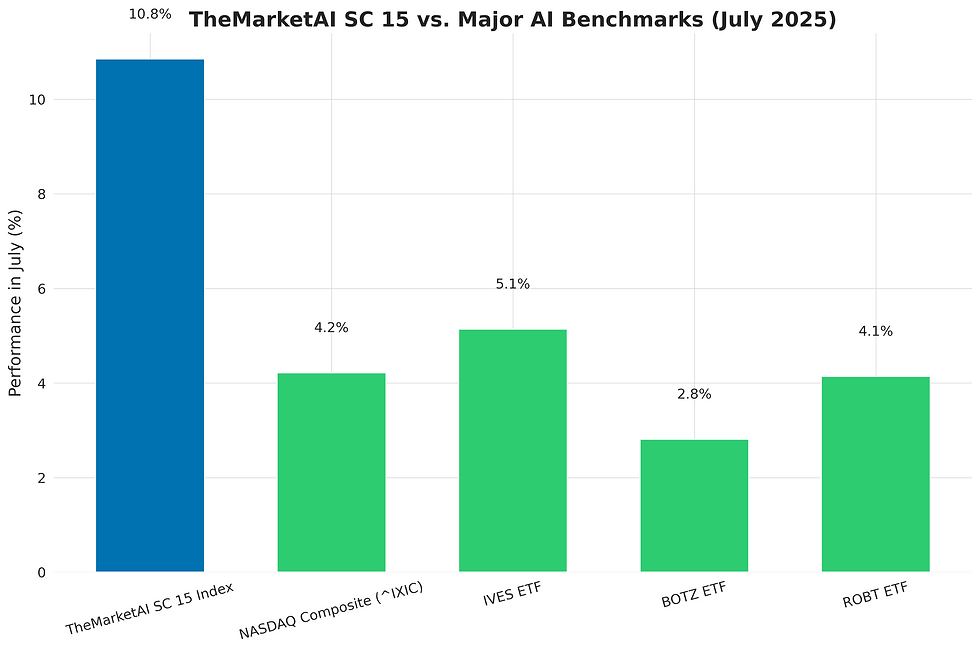AI-Based Image Analysis Market to Triple by 2030, Hitting $36.36B
- Niv Nissenson
- Aug 20
- 2 min read

The global AI-based image analysis market is set to grow from $13.07 billion in 2025 to $36.36 billion by 2030, according to a press release showcasing a new report from MarketsandMarkets. The firm, known for its long-range forecasts in emerging technologies, provides competitive intelligence and growth strategy insights for Fortune 2000 clients, and is frequently cited in areas like AI, semiconductors, and healthcare.
This latest report points to a 22.7% CAGR driven by advances in AI, machine learning, and the accelerating need for automated visual data processing across industries.
What’s Driving the Growth
AI-powered image analysis goes far beyond recognizing cats in photos. Its applications now span healthcare diagnostics, autonomous vehicles, defense, retail, and industrial automation. Key growth drivers include:
Cloud computing: Scalable infrastructure supports training and deploying large-scale visual models, particularly for video surveillance and recognition systems.
Edge computing: Real-time use cases — like autonomous driving or hospital emergency systems — demand instant processing without relying on cloud latency.
Hybrid AI models: Combining deep learning with machine learning and emerging platforms like quantum AI enables faster, more transparent, and adaptive image analysis.
Where It’s Being Used
Healthcare: Faster diagnostic imaging, cancer detection, and medical workflows.
Automotive & Transportation: Advanced Driver Assistance Systems (ADAS), driver monitoring, fleet safety, and traffic management.
Defense & Security: Surveillance, situational awareness, and decision-making in constrained environments.
MarketsandMarkets notes that automotive and transportation is likely to be one of the fastest-growing verticals, driven by autonomous driving systems and connected vehicle fleets.
TheMarketAI.com Take
This market forecast echoes what we highlighted in our recent post on edge computing: the future of AI won’t be cloud-only.
Cloud remains essential for training massive image-recognition models and scaling services.
But edge computing is where image analysis becomes mission-critical — whether it’s an autonomous vehicle detecting a pedestrian, a hospital system triaging emergency scans, or a drone operating in a network-denied environment.
The rapid growth of AI-based image analysis is, in many ways, the demand signal for hybrid AI architectures — where cloud provides scale, and edge delivers resilience and speed. As industries move toward autonomy and real-time intelligence, this hybrid approach will define who wins in the $36B visual AI market of 2030.


